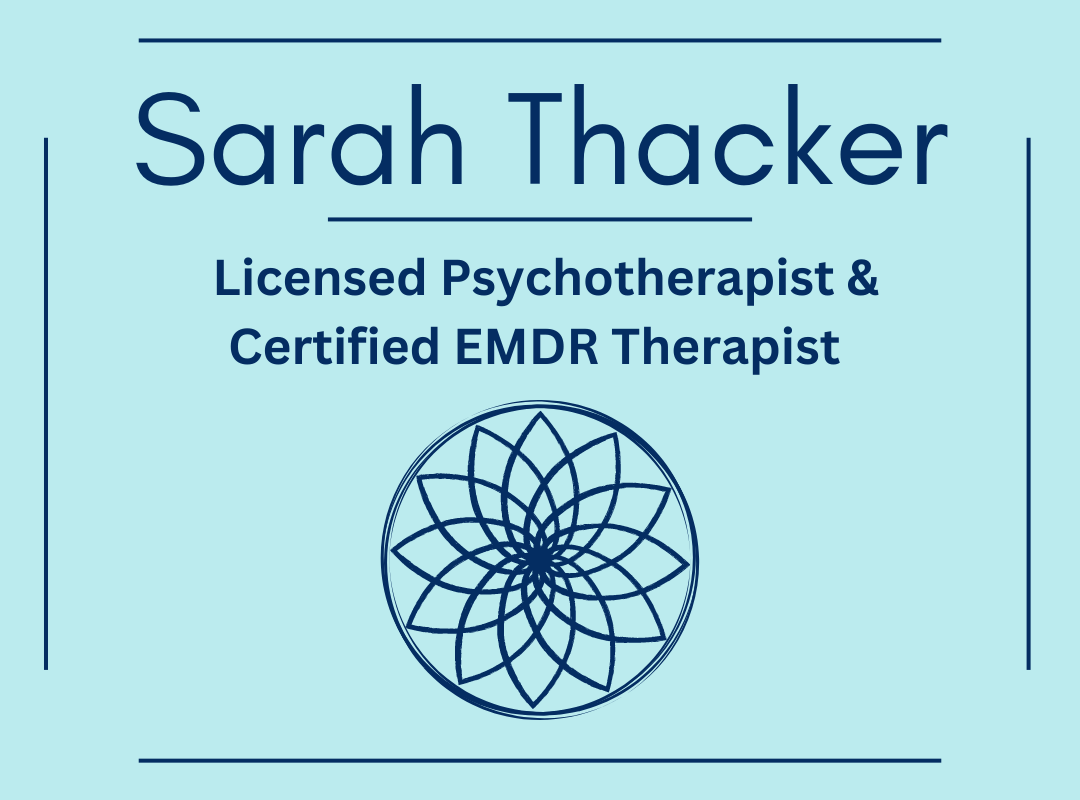Your mind is your most powerful tool for healing. When you picture something in your mind, it is perceived as possible and the nervous system responds accordingly. If you are still in quarantine, this can be a useful technique to add that will help support the process of finding inner balance, inner calm and inner peace.
Visualization is a technique that is used to improve wellbeing, performance, follow through and outcomes. When you rehearse something in your mind, visualize yourself doing it, you are more likely to make it happen. Visualizing helps bring what you can imagine in your mind come into fruition.
When you visualize something in your mind’s eye you can cultivate any inner experience. When you are dealing with stress, anxiety, uncertainty and any immobilizing feelings such as helplessness, hopelessness or fear, you are essentially imagining negative outcomes. If you shift this to positivity, hopefulness, and empowerment, you can create a whole different outcome and a far more peaceful state of being.
When managing stress there are some very helpful visualization techniques you can use to release the discomfort of stress and bring on a feeling of inner peace. Releasing negative, uncomfortable, untrue and non-useful thoughts can be a helpful visualization to practice to support the process of letting these thoughts go.
Visualization to Release Thoughts and Calm Your Mind
Here a few visualizations you can use to imagine your thoughts releasing from your mind:
Picture yourself sitting under a tree. Imagine that your thoughts (worries, stressors…) are on the leaves floating down from the tree, releasing the thoughts and letting them go.
Picture yourself lying down in your favorite space in nature, imagine releasing your thoughts to the clouds and watch them floating away, letting the thoughts go.
Picture a hallway with doors, imagine that your thoughts are coming in through one door and leaving through another, letting the thoughts go.
Imagine a revolving door, picture your thoughts coming in and then leaving through the door.
Picture yourself seated on the banks of a river, imagine a basket of leaves beside you, anytime you are distracted by a thought, take a leaf out of the basket, write the word thought onto the leaf, place the leaf into the river and watch it float away.
You can set a timer for any amount of time, even 1-5 minutes can make a big difference. Practice the visualization related to releasing your thoughts to help let them go. Notice the impact.
Visualization for Productivity
If you are struggling to get the things done in your day that you’d like to do, you can use visualization to improve your chances to get stuff done. First, write out your plan for your day. Then, spend 3-5 full, deep breaths holding the image of getting each item on your list completed.
Notice any resistance or struggle. If there is a strong resistance, be curious about why it is there. Keep practicing until you can picture yourself completing the item on your list without resistance or make any adjustments to your schedule as necessary. Reflect on this process and notice the impact on your productivity, motivation and ability to follow through.
Visualization for Healing
The final visualization technique I will include here supports healing stress and anxiety in mind and body. This visualization offers an ability to feel supported, calm, safe and content.
Begin by resting comfortably. Imagine a small sphere of light resting at the center of your chest. This can be a soft, golden light, or it can take on any color that is soothing, comforting or healing to you. With each inhale, imaging that the light is expanding throughout your body, with each exhale allow the light to return to your heart center. Continue with this deep breathing until you can visualize the light expanding all the way around your whole physical body. Once you can visualize that you are resting in this sphere of light, continue to breathe slowly and deeply, leaving the light in this expanded state all around you.
Picture yourself resting in this light space. Picture yourself breathing in the light, filling your body with soothing, calming and healing energy. Allow yourself to feel safe, calm and supported as you are resting within this light space.
After 5-20 minutes, begin to imagine the light slowly contracting with each exhale. Continue with this visualization until it returns to a single point at your heart center. Now imagine in your mind’s eye your light moving deep within your heart space. Allow all that remains of your light deep within your heart space and picture it as a sparkling gem. Know that you can repeat this visualization of your light any time you need to, for healing, to help you feel safe, calm, supported and full of vitality.
No matter how you begin to use visualization, know that you hold the power within to shift your mood state, your thoughts, your nervous system and your own daily outcomes. What visualization technique will you try today?



